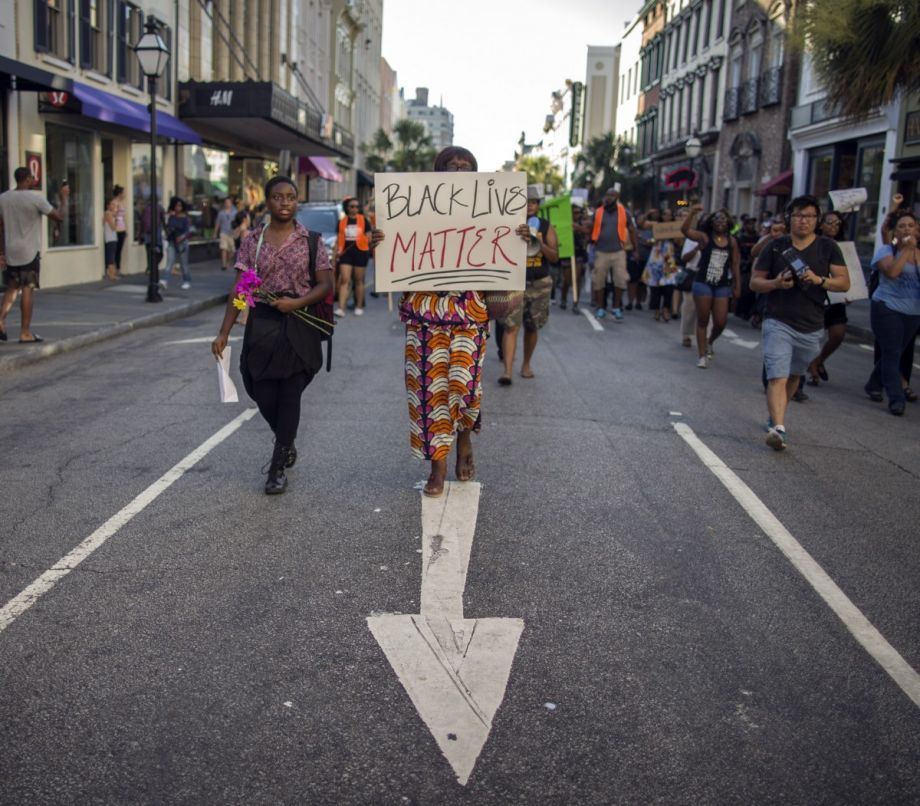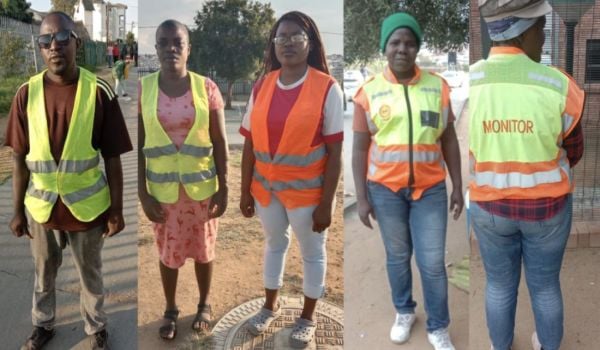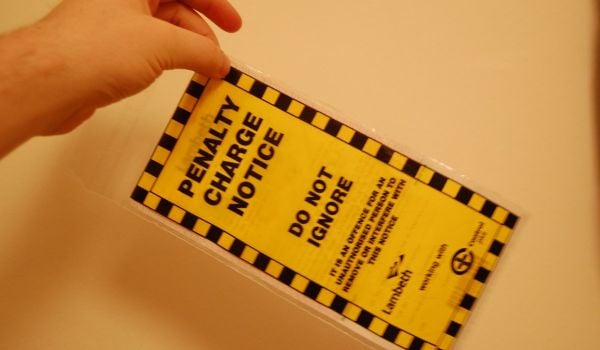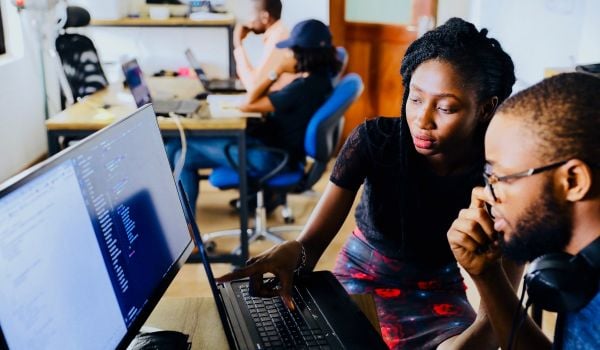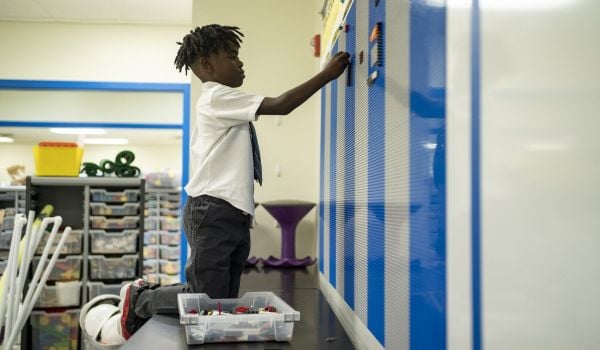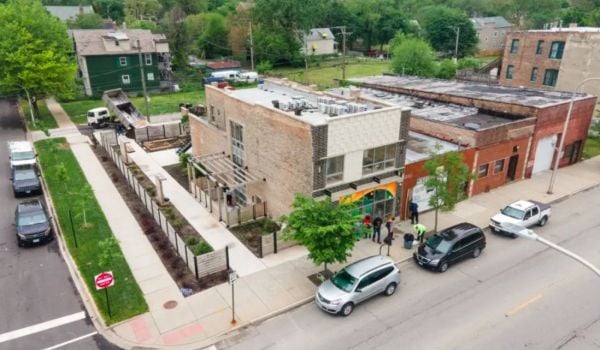In a little over a year, the movement for Black Lives has already begun to transform America. Pictures of Michael Brown’s lifeless body on Canfield Drive, footage of police officers responding with dogs, tanks, and teargas as his community mourned and protested, refusing to be silenced — these images and videos, broadcast around the world through social media, awakened America to the racism and police violence that continues to traumatize our communities. The courage of Ferguson protesters to directly confront this brutal system catalyzed my generation — the largest and most diverse generation in the nation’s history — into action. Across the country, black youth joined in protest to resist police violence and envision a better future, developing demands, developing comprehensive policy agendas, and using digital tools to sear a litany of injustices into the public consciousness.
Inspired by the protests, I too felt called to action. I connected with activists in Ferguson and, with their support, built the nation’s most comprehensive database on police killings, MappingPoliceViolence.org. Where the federal government couldn’t (or wouldn’t) effectively track these incidents of police violence, we would do so ourselves. Armed with cell phones, digital networks and now crowdsourced data, we have overcome those who claimed that Mike Brown was an isolated incident and forced policymakers to take action. In response, policymakers have proposed police reform legislation in least 31 states, including at least 24 states where legislation has passed. Policy solutions like body cameras, special prosecutors, decriminalizing non-violent offenses, use of force standards and civilian oversight have been enacted at various levels of government. Standing with nearly a thousand of my fellow advocates and activists at the first Movement for Black Lives convening this July, the path of change ahead, though difficult, felt undeniable: The rising generation, now awakened, will continue to push our political leadership to act decisively to make black lives matter — from mayors to senators to the next president of the United States.
But as important as policy change is, policy alone will not secure our liberation. Despite the progress that has been made, more black people have been killed by police in the year since August 9th than were killed in the year preceding it. Eric Garner’s death — caused by a chokehold banned under NYPD policy — reminds us that these policies are only as good as they are enforced. They must be embedded in the culture of institutions and the broader society to be effective. This requires the racism embedded subconsciously in the hearts and minds of so many Americans to be confronted. The same tendency that leads so many Americans to clutch their wallets in the presence of a black man causes police officers to pull the trigger and jurors to believe that unarmed black men are “reasonable” threats to officers’ lives. It will take sustained direct action complemented by police violence stories, statistics and videos to continue to awaken people to these realities.
A fundamental part of this awakening will be to continue to hold the media accountable for changing the way they depict black lives. Just last week, as video footage was released showing a police officer executing Sam Dubose at a traffic stop, major media outlets continued to report the false narrative that the police officer had been dragged by Sam’s vehicle while they lifted up Sam’s mugshots juxtaposed with an official portrait of his killer. Though for decades this kind of reporting was standard operating procedure in mainstream media, this week young activists took to Twitter and social media platforms, applying relentless pressure that has already shifted the coverage of this incident. Similarly, after months of citizen reporting and recording of police violence, we are now seeing the media begin to question the system of policing and acknowledge patterns of injustice. Many outlets, including the Washington Post, the Guardian and others, have even created their own databases of police killings. We’ve seen the truth about race and police violence move from being told at the margins of society to the center of national discourse. Sustaining these actions will continue to deepen America’s understanding of its own bias and push us to change ourselves and our society. Seeing how much we’ve accomplished over the past year makes me even more confident that this can be done.
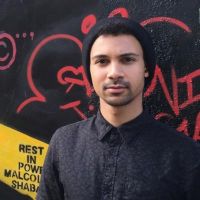
Samuel Sinyangwe is a data scientist and policy analyst who works with communities of color to fight systemic racism through cutting-edge policies and strategies. Sam co-founded WeTheProtesters and MappingPoliceViolence, to support protesters’ efforts to end police violence in their communities. He also works at PolicyLink, where he connects a national network of 61 Promise Neighborhoods communities to research-based strategies to build cradle-to-career systems of support for low-income families.

